Year in review: top 10 culture fixes of 2024, as chosen by art & culture editor Hannah Silver
It's been a bumper year on the Wallpaper* culture desk – here are some of the highlights, as reported in 10 culture stories, from body horror to the Blitz club revisited
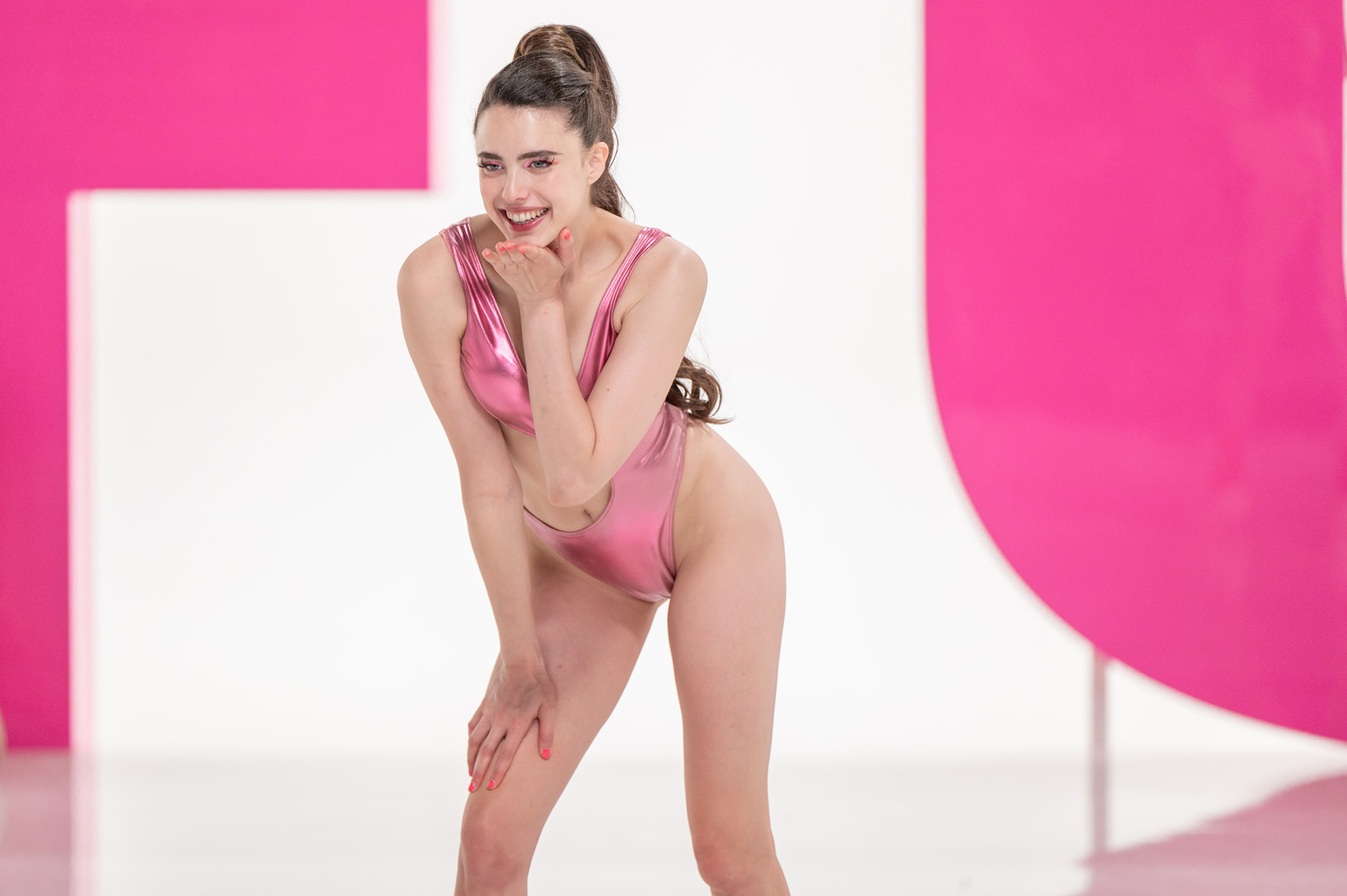
From body horror to micro utopias, office culture and the death of neoliberalism, we have enjoyed delving deeper into an eclectic array of mediums this year. Here are some of our favourite culture stories of 2024.
Hannah Silver’s culture stories of 2024
01. Miranda July considers fantasy and performance at Fondazione Prada

In the Milan exhibition ‘Miranda July: New Society’, at Fondazione Prada earlier in 2024, there was a short blond wig hung up on the wall, which July had purchased when she was a struggling artist working as a stripper for extra money in her twenties. There was no mention of it, but it was displayed as one of the costumes from her performance Love Diamond. However, that object’s journey from a peep show in 1990s Portland, Oregon, to a major solo exhibition in Milan felt like a fitting microcosm of the show.
That’s not just because ‘New Society’ charted 30 years of July’s career, from her early days in the West Coast punk scene and ending with her latest works, made as an acclaimed artist whose output spans performances, videos, installations, major motion pictures and novels. But also because July’s work has always explored the unpredictable, strange, joyous and heartbreaking turns life can take.
Read our interview with Miranda July
02. Remembering Rusty Egan’s Blitz club: a place to ‘avoid the mob and the homophobes’, where the New Romantics were born
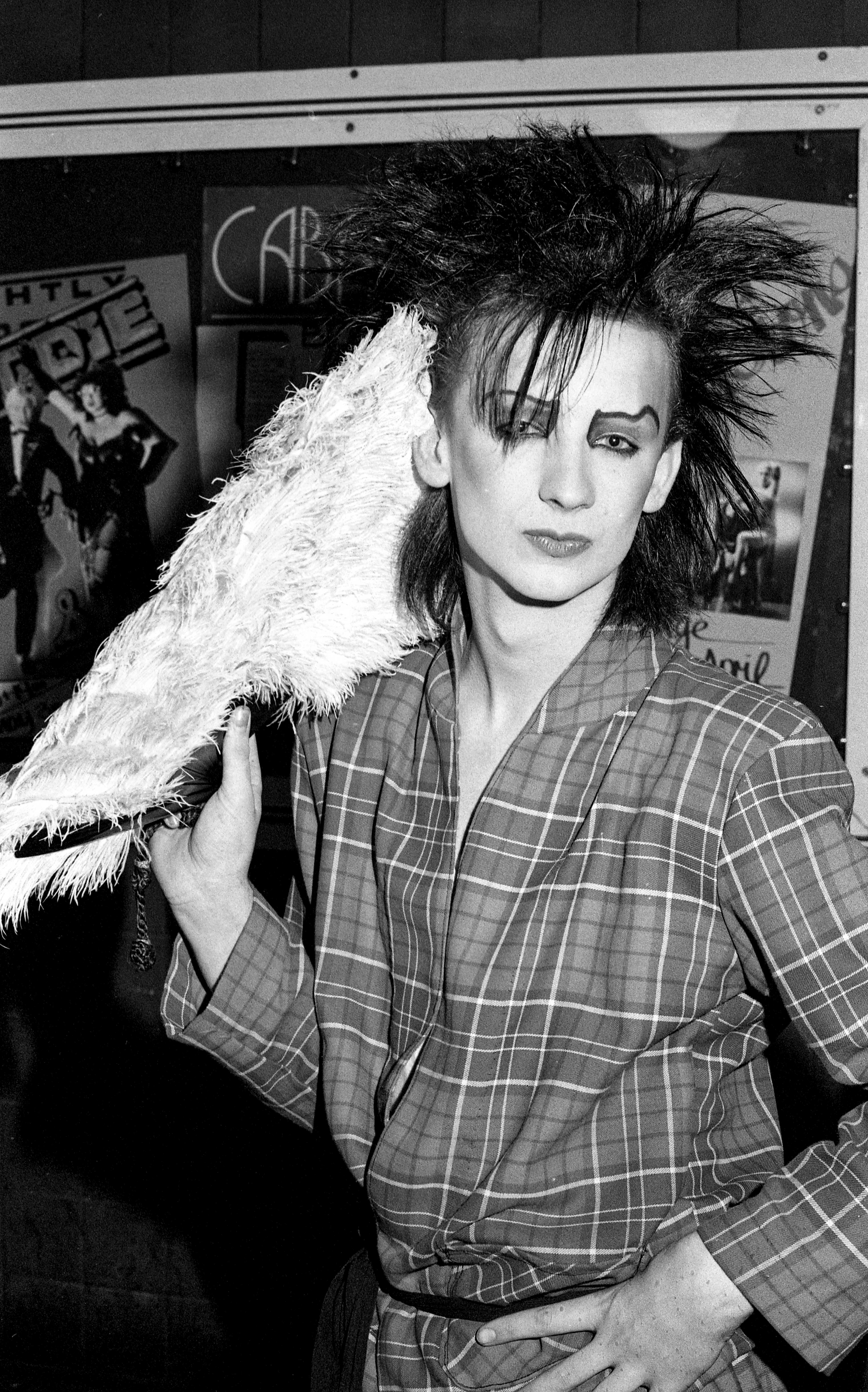
Boy George at Blitz
Blitz was the London nightclub where, for 18 giddy months four-and-a-half decades ago, the DJ was intent on ‘inventing the sound of the future’ with a playlist heavy on art-rock, synthpop and obscure European electronica. Where the habitués dressed like the future, too – a riot of homemade fabulousness, punk and post-punk tribalism, accessories galore, fashion student iconoclasm and a little bit of pirate.
And on whose dancefloor the pop stars of tomorrow posed, plotted, preened and performed. This was the Blitz club, a short-lived sweatbox with a long-tail influence. Boy George worked the cloakroom, Spandau Ballet performed their first gig there, Sade was a regular, the co-creators found themselves with a hit single by way of their day job as members of Visage, and a glamorous new subculture emerged from the cramped floor of ‘a dusty old wine bar’ within the dilapidated environs of the old Covent Garden market: New Romantic.
Read our interview with Rusty Egan recalling the Blitz club
Wallpaper* Newsletter
Receive our daily digest of inspiration, escapism and design stories from around the world direct to your inbox.
03. ‘She made me feel like I could, and should, be myself’: SOPHIE’s friends and collaborators on her enduring legacy

SOPHIE
‘It’s no overstatement to call SOPHIE – the late producer who has expanded and shaped the vast majority of contemporary pop with her bright, brash, experimental sound – one of the most influential creative pioneers of her generation.’ So wrote music critic El Hunt for Wallpaper*, reflecting on SOPHIE’s legacy as fans were gifted a last, posthumous album, completed by the artist's loved ones.
‘The work of a true artist will last centuries,' said Danish pop musician MØ – who collaborated with SOPHIE on her track Nights With You, and Cashmere Cat’s 9 (After Coachella). 'A true artist is someone who isn't restrained by the boundaries of trends and general opinion, who is aware of time and culture in an underlying and personal way, making it possible to see beyond these and create from a free place.’
Read about SOPHIE’s enduring legacy
04. Lars Tunbjörk’s uncanny office photography is revisited in a new book
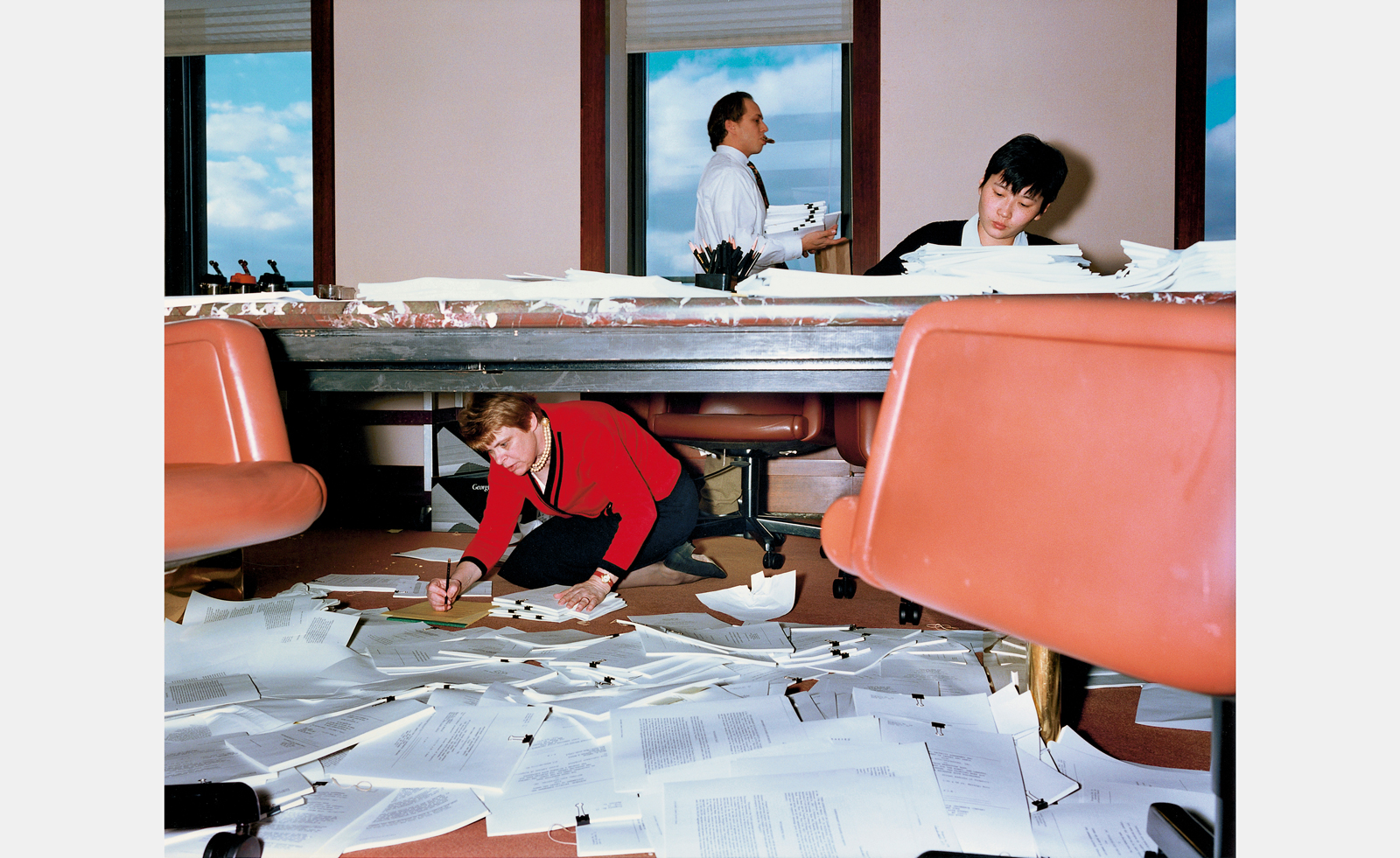
‘DO NOT TURN THIS MACHINE OFF’, warns a yellow label affixed to a computer. The monitor is one of many – seemingly piles and piles – one group of which is potentially dead, with pink post-it notes stamped to their screens, and the other very much alive, all aglow with streaming data. Photographed at a stockbrokers’ office in New York in 1997, at the scene’s centre, a tight corridor of cables gives way to a small American flag, a gentleman in a shirt and tie just visible above.
‘It's not very common that photographers go for that boring environment,’ said Greger Ulf Nilson, reflecting on the wider context of the photograph, the office, as captured by Lars Tunbjörk. ‘There are a few, of course – Anna Fox did a book called Work Stations, then there is Lee Friedlander’s At Work. But just boring offices, not that many have documented that.'
Read about Lars Tunbjörk's uncanny office photography, celebrated upon the posthumous re-release of his book Office, and accompanying new volume, LA Office
05. The ironic demise of the Museum of Neoliberalism
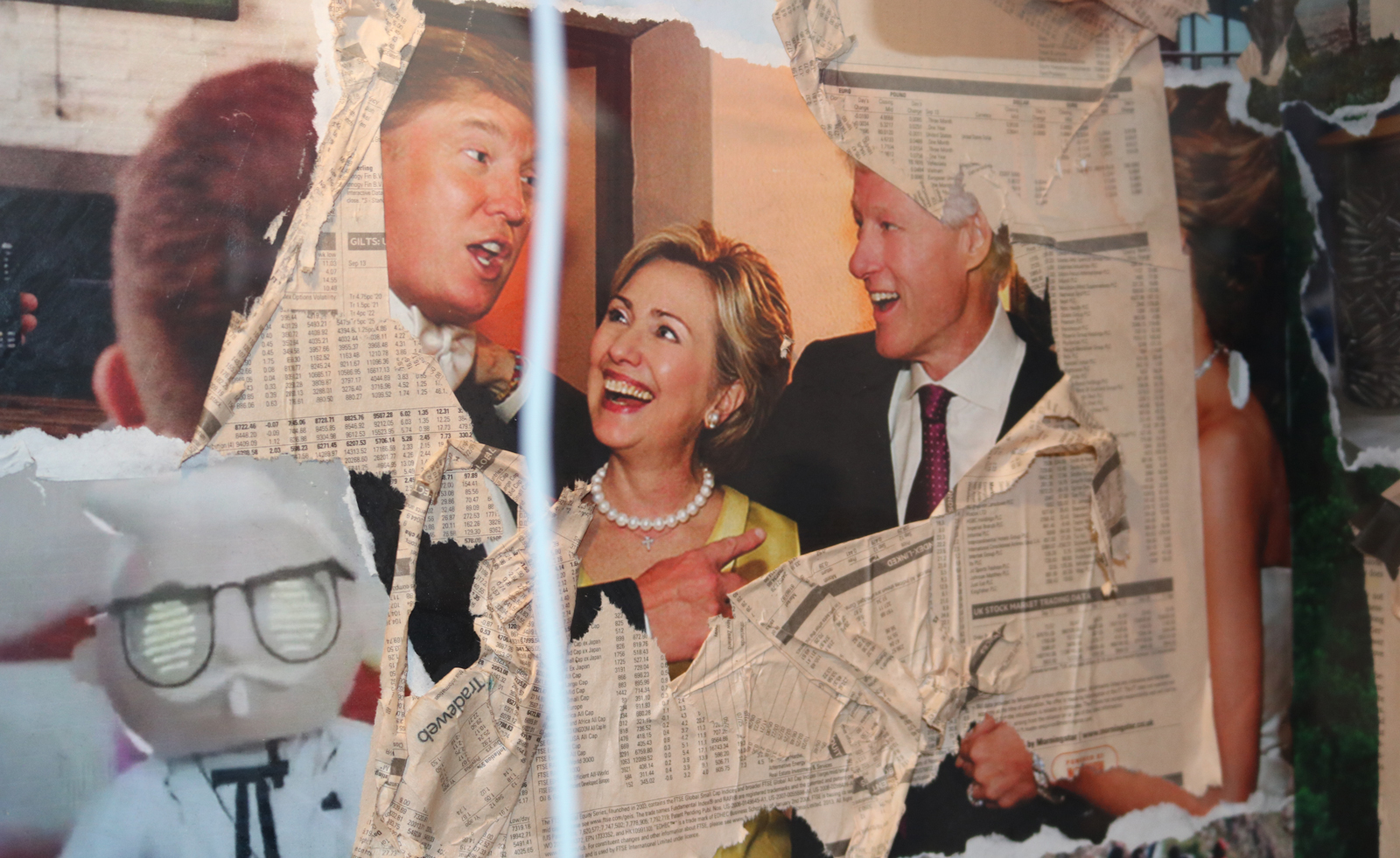
When it comes to arts venues, the Landlord doesn’t giveth, but just taketh away. It’s true that museums are relatively resilient compared to some, less protected, cultural spaces; but many still risk being made into mausoleums. Since the millennium, nearly 500 of them have closed down in the UK and those that have survived have to contend with the risk of being mothballed or demolished. Mainly, due to cuts in funding from local authorities, waning visitor numbers and infrastructural issues. Or property developers with pound signs for pupils
The latest cultural institution to face the wrecking ball is perhaps the most ironic yet. 2024 marked the demise of The Museum of Neoliberalism, an independent gallery founded by satirist and artist Darren Cullen and curator and historian Gavin Grindon dedicated to displaying the evils of neoliberalism: the late-20th-century ideology prioritising free-market capitalism at the expense of everything else. It is – get ready for the sucker punchline – being turned into luxury flats.
Read The ironic demise of The Museum of Neoliberalism
06. Benjamin Li celebrates the Netherlands’ Chinese-Indonesian restaurants
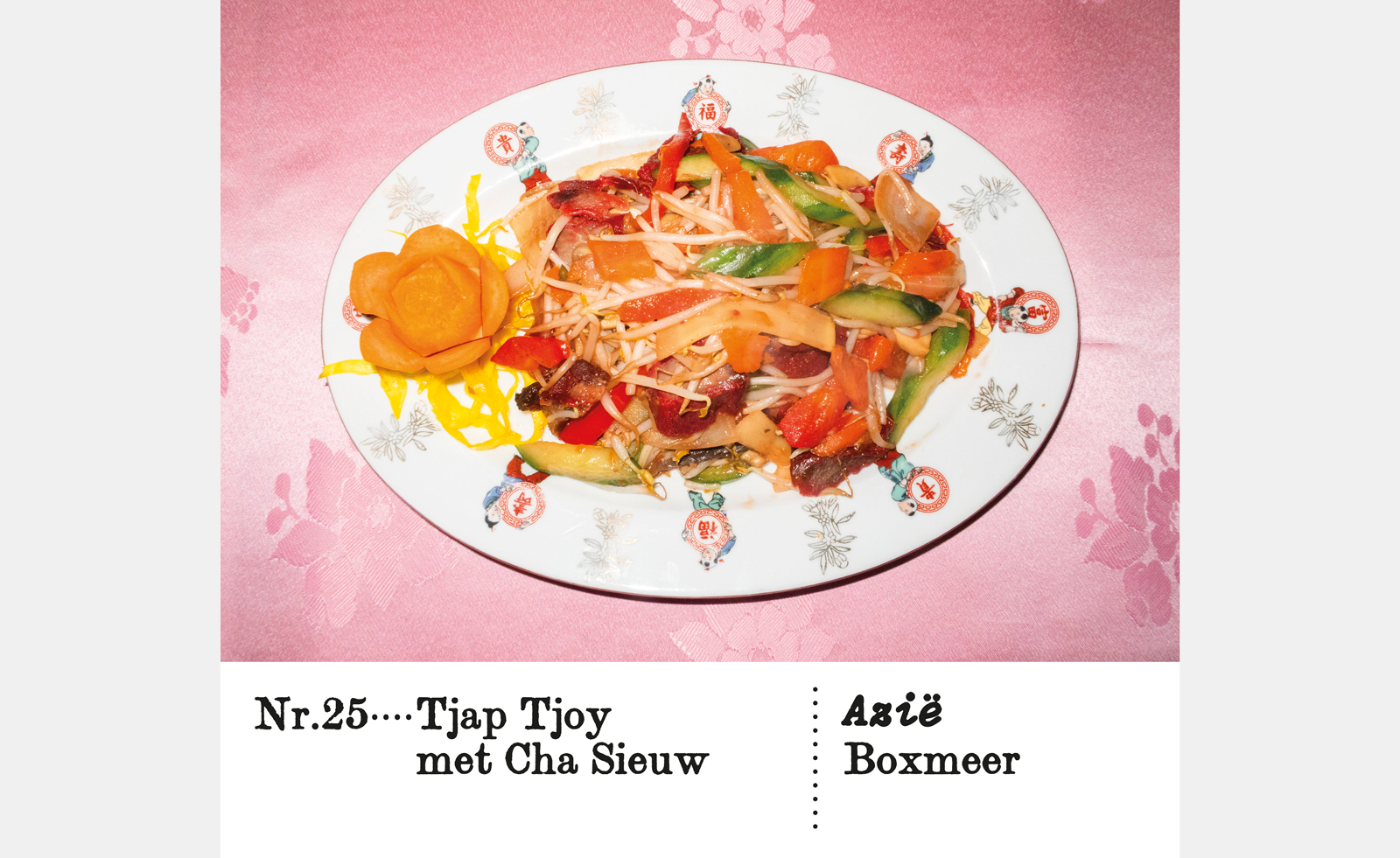
‘It was very important to make the publication,’ says Benjamin Li, relaying the personal magnitude of Chinees-Indisch Restaurant Stickeralbum, a sticker book-cum-photo album that celebrates the artist’s decade-long project championing the unique culture of Chinese-Indonesian restaurants in the Netherlands. Published in May 2024, the book was followed by an exhibition at Amsterdam museum Foam’s 3h space.
‘When Foam came to me [about the exhibition],’ he adds, ‘it was important the book was a centrepiece, that we could somehow integrate a publication as a work of art.’ Titled ‘In Search of Perfect Orange’, the show saw the book re-staged as an immersive experience, with photography spreads blown up to mammoth proportions and sticker sets similarly doubled in size and stuck behind Plexiglas.
Read about Benjamin Li’s celebration of the Netherlands’ Chinese-Indonesian restaurants
07. Inside Noah Davis’ rich, cinematic world
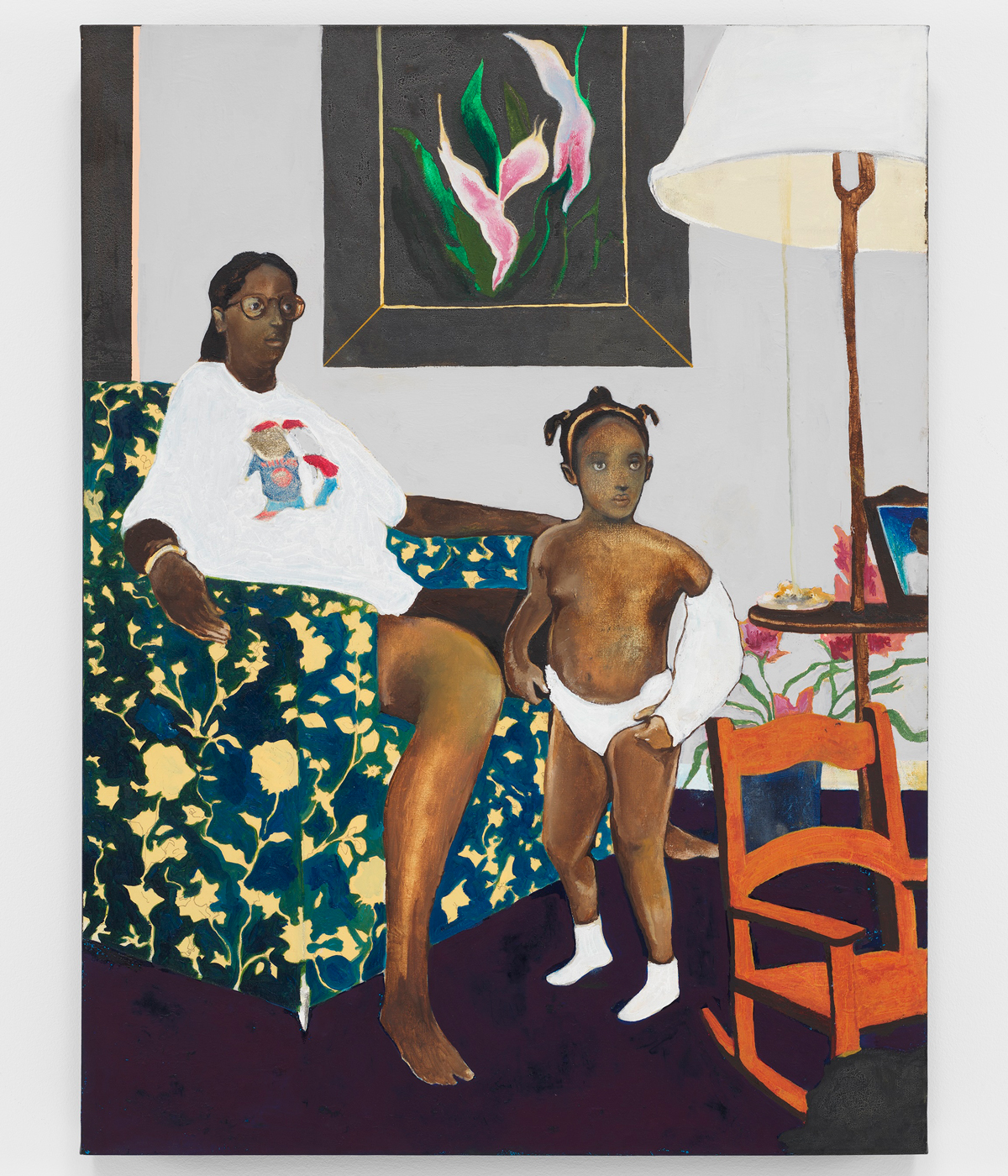
Noah Davis, Single Mother with Father Out of the Picture, 2007–2008
The figures in Davis’ paintings, portrayed within modernist architecture, in domestic interiors, or in public places of leisure, are invariably Black. They are ordinary men, women, and children intimately captured mid-repose, at play, or going about their daily lives. In some works, they’re projected into extraordinary scenarios that are futuristic, cinematic, unsettling and enigmatic. Davis’ representation of Black life is at the core of his painterly interrogation of the fiction of difference. Or, in the artist’s own words, ‘Race plays a role in as far as my figures are Black. The paintings aren’t political at all though. If I’m making any statement, it’s to just show Black people in normal scenarios, where drugs and guns are nothing to do with it.’
Nearly a decade after Davis' passing, a touring retrospective, heading to London and Los Angeles in 2025, sets out to bring the American painter’s work to a wider audience.
Read about Noah Davis’ retrospective, on at Das Minsk, Potsdam, until 5 January 2025; Barbican, London 6 February – 11 May 2025; Hammer Museum, Los Angeles, 8 June – 31 August 2025
08. ‘The Substance’ may be grotesque, but it is not body horror
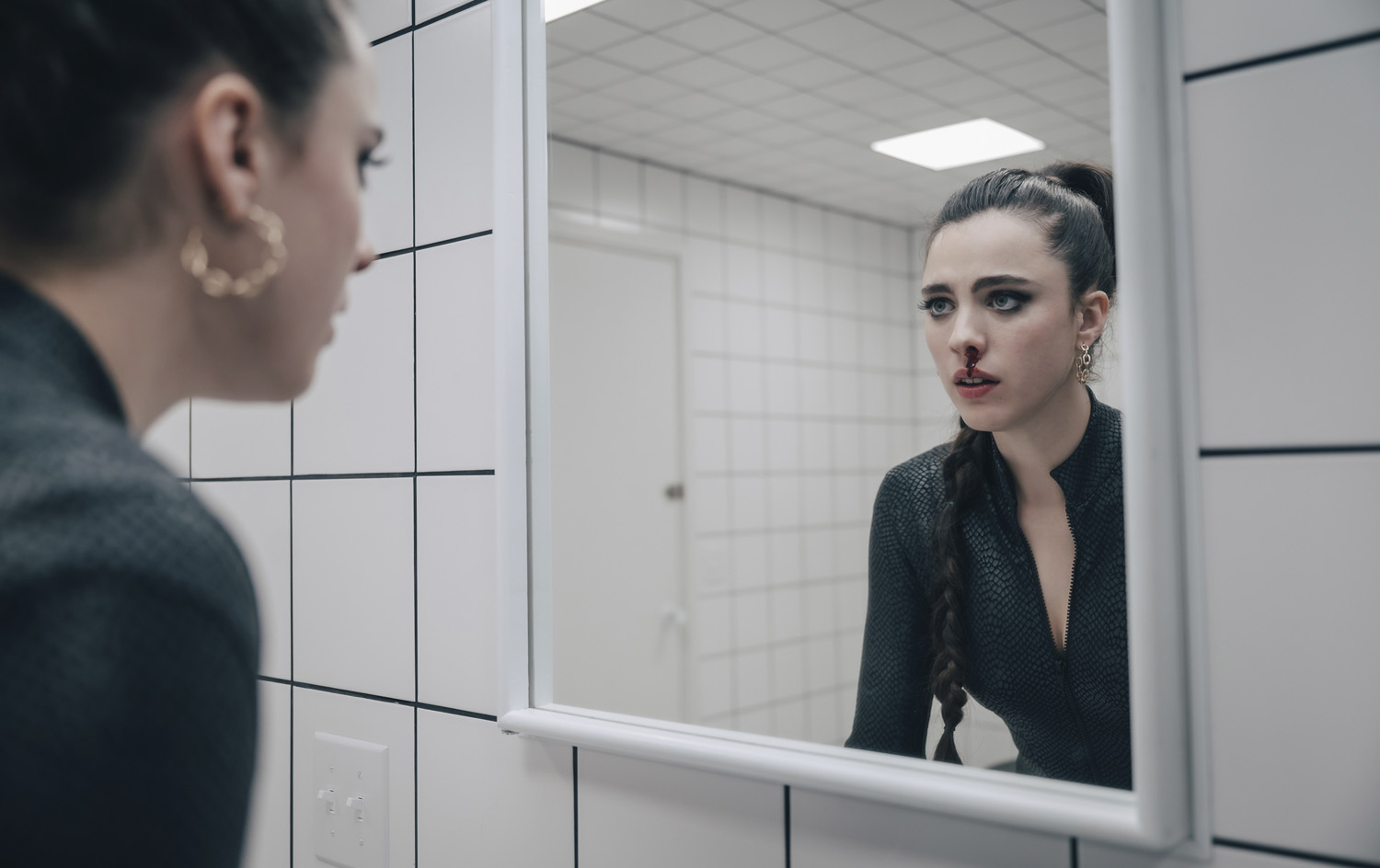
Elisabeth Sparkles (Demi Moore) has just turned 50 when she is fired from her hosting job by the producer (Dennis Quaid) of a televised aerobics show. Elisabeth, like so many ageing stars before her, is being forced into obscurity by a shallow industry that refuses to look past her aging body. But for the rich and famous there is always another option. Elisabeth is offered a new piece of biotechnology, which allows her to live out her youth once more. Or at least split herself in two and share her life with a younger model who can live the life she is being denied. And so begins The Substance, Coralie Fargeat's sophomore feature film, that has been granted the moniker body horror, due its visceral imagery and mutations of the body.
Read The Substance review and meet the film's special make-up effects designer
09. Art futurists go in search of micro-utopias in Nairobi
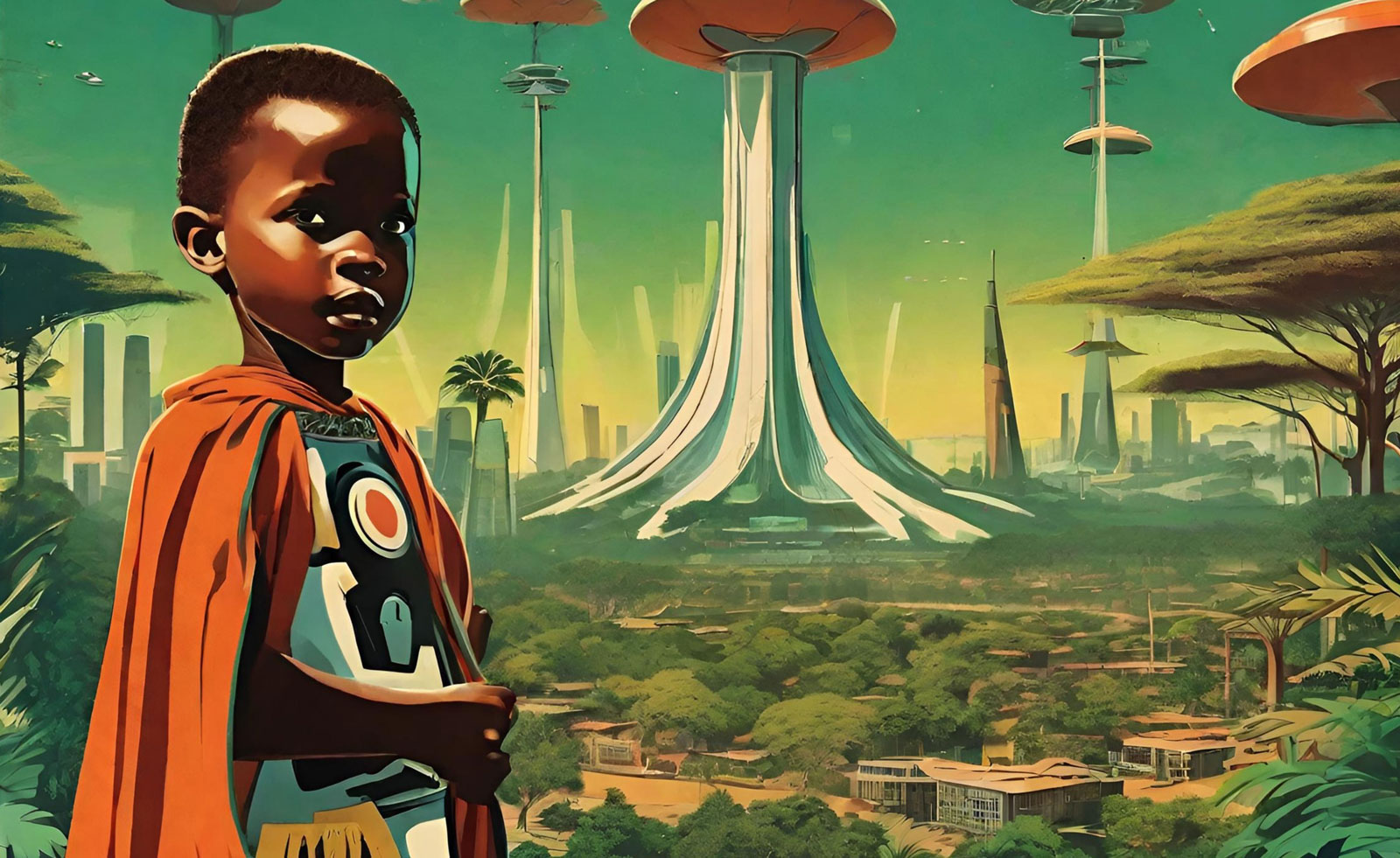
Future Fantasy #4. AI-generated silkscreen print of the future of Nairobi. Art collective Kairos Futura worked with AI to generate over 1,000 future utopia images of the city
For its most extensive exhibition yet, Nairobi-based art futurist collective Kairos Futura explored issues faced by residents of Kenya's capital, and possibilities of a better life. ‘Hakuna Utopia? In Search of Micro-Utopias’ featured painting, drawing, printmaking, sculpture, and site-specific installations across satellite locations that speak to themes of utopia, apocalypse, and resilience. The show opened in July 2024 at Kairos Atelier, the collective’s warehouse studio and gallery in Nairobi's industrial area.
Kairos Futura – comprising Ajax Axe, Stoneface Bombaa, Coltrane McDowell, Neemo Mungai, Lincoln Mwangi, Shabu Mwangi, and Abdul Rop – encourages artists, designers, and scientists to use the power of imagination to engage their communities.
Axe told Wallpaper* more about the exhibition, and how arts can lead to social change.
Read the interview with Kairos Futura's Ajax Axe
10. Inside E-WERK Luckenwalde’s ‘Tell Them I Said No’, an art festival at Berlin's former power station
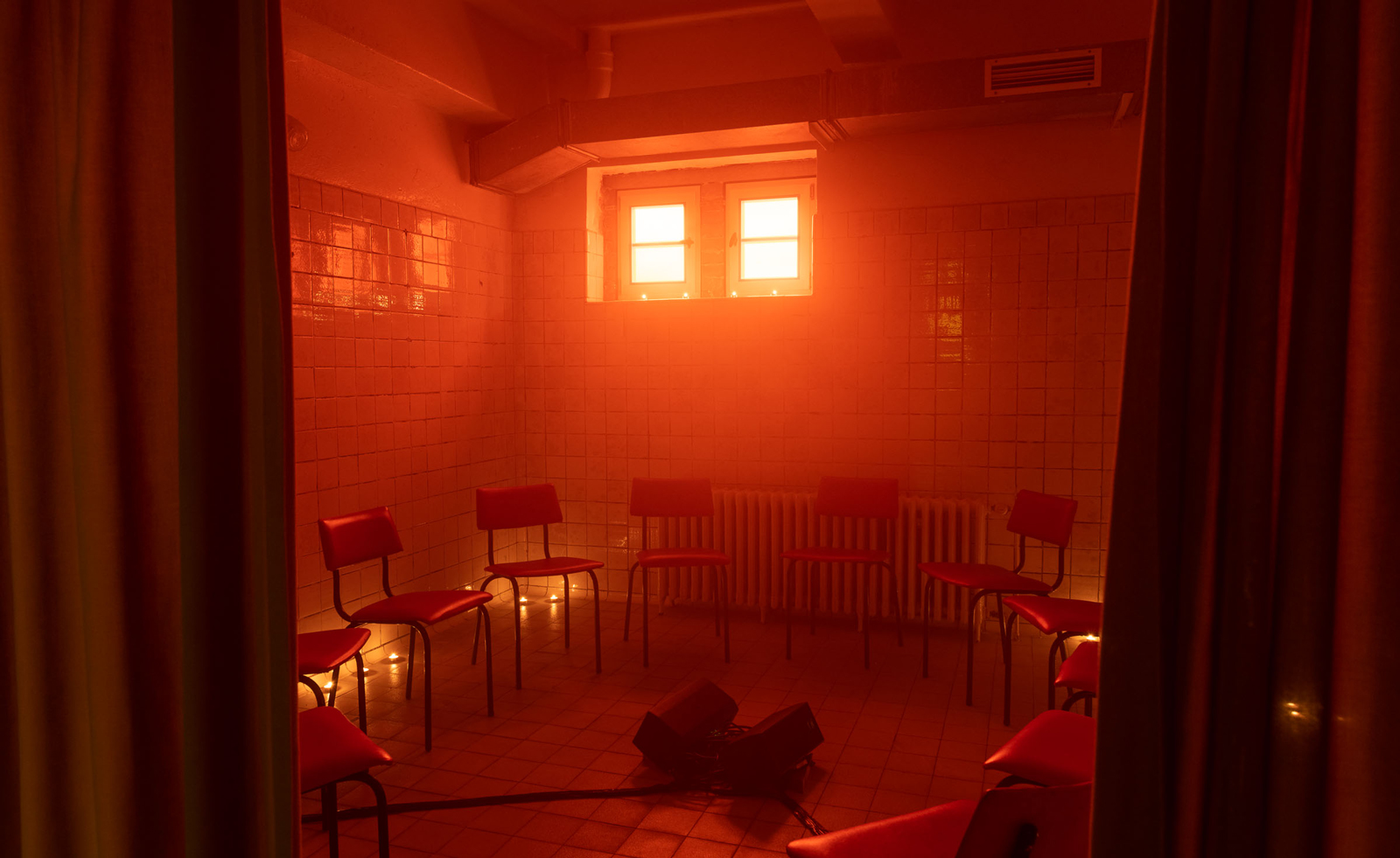
Lauryn Youden, seeping into my bloodstream, 3 May 2024, E-WERK Luckenwalde. Presented as part of ‘The Drop Out: Tell them I said No’
E-WERK Luckenwalde’s two-day art festival was an eclectic mix of performance, workshops, and discussion. Will Jennings reported for Wallpaper*…
When I arrived at E-WERK Luckenwalde, a former power station half an hour on a train south of Berlin, the place was quiet. Eerily so, for a site soon to open a performance art festival headlined with raucous angst from Pussy Riot. I had been here before, so knew my way around the campus, comprising the power station, the town’s former swimming pool, and the variety of ancillary pavilions and buildings that E-WERK Luckenwalde’s founders – artist Pablo Wendel and curator Helen Turner – had transformed into spaces for experimental culture
Like me, Wallpaper* had also previously visited. In 2019, when E-WERK Luckenwalde opened with a bang, writer Emma O’Kelly was told by Wendel that the project would be ‘offering art as a power supply’. I confidently strolled straight up the entrance steps of Stadtbad, the swimming pool, and through the double doors to encounter the light-filled Bauhaus hall empty other than for a musician at a piano, filling the space with delicate notes. Immediately, I took out my camera and started recording, a kneejerk reaction to a space and situation I was totally at ease and familiar with. As I completed my panning video, the musician stopped playing to say ‘hello’. I replied, said it was beautiful, then left.
Read Will Jennings’ full E-WERK Luckenwalde 2024 experience
Hannah Silver is the Art, Culture, Watches & Jewellery Editor of Wallpaper*. Since joining in 2019, she has overseen offbeat design trends and in-depth profiles, and written extensively across the worlds of culture and luxury. She enjoys meeting artists and designers, viewing exhibitions and conducting interviews on her frequent travels.
-
 Extreme Cashmere reimagines retail with its new Amsterdam store: ‘You want to take your shoes off and stay’
Extreme Cashmere reimagines retail with its new Amsterdam store: ‘You want to take your shoes off and stay’Wallpaper* takes a tour of Extreme Cashmere’s new Amsterdam store, a space which reflects the label’s famed hospitality and unconventional approach to knitwear
By Jack Moss
-
 Titanium watches are strong, light and enduring: here are some of the best
Titanium watches are strong, light and enduring: here are some of the bestBrands including Bremont, Christopher Ward and Grand Seiko are exploring the possibilities of titanium watches
By Chris Hall
-
 Warp Records announces its first event in over a decade at the Barbican
Warp Records announces its first event in over a decade at the Barbican‘A Warp Happening,' landing 14 June, is guaranteed to be an epic day out
By Tianna Williams